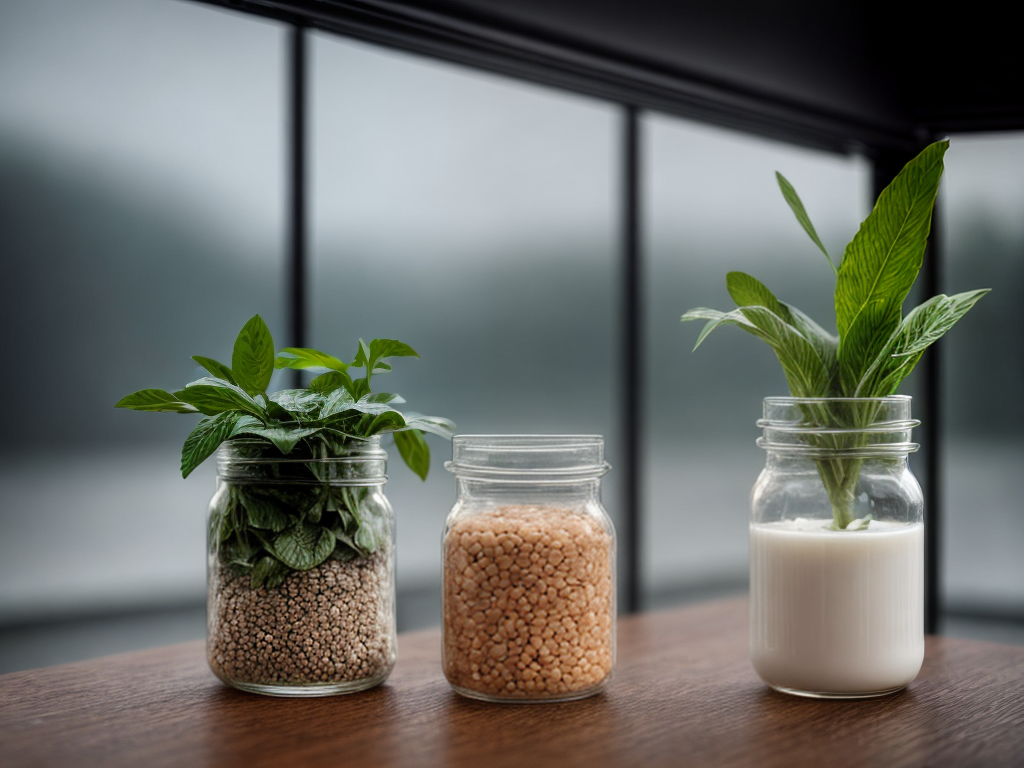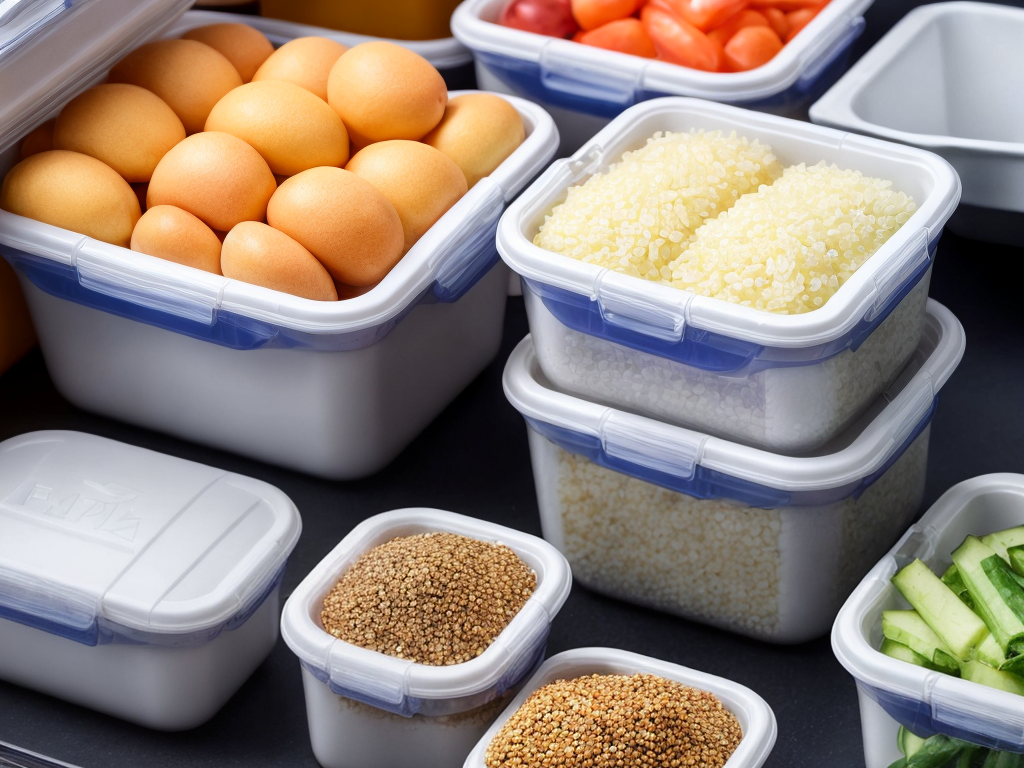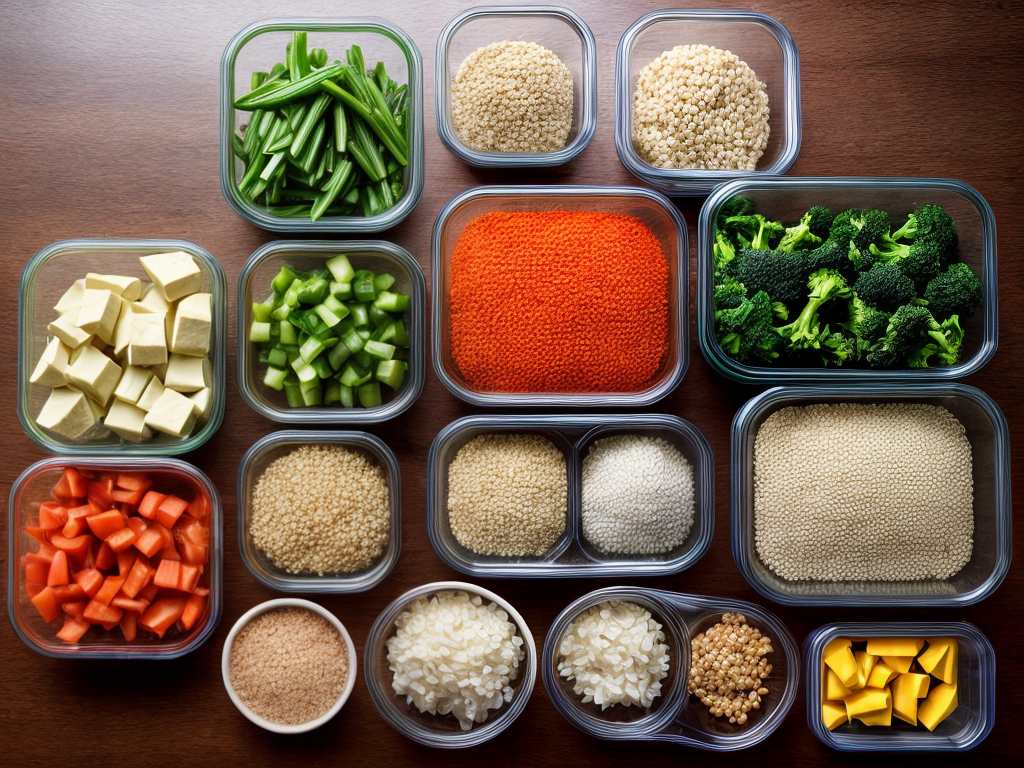
As I stood in the grocery store aisle, contemplating which type of container to choose, the age-old question lingered in my mind: biodegradable or reusable? It’s a debate that has gained traction in recent years, with both sides presenting compelling arguments. On one hand, biodegradable containers offer the promise of environmental sustainability, while on the other, reusable containers boast long-term cost-effectiveness. The decision, however, is not as straightforward as it may seem. Join me as we explore the various factors that come into play when considering the best option for our containers, from their environmental impact to their convenience and practicality.
Environmental Impact
The environmental impact of biodegradable and reusable containers is a crucial factor to consider when evaluating their sustainability. Both types of containers offer sustainability benefits, but they differ in their impact on waste management.
Biodegradable containers are designed to break down naturally over time, reducing the amount of waste that ends up in landfills. These containers are typically made from organic materials such as plant fibers or cornstarch. When disposed of properly, they can be composted and turned into nutrient-rich soil. This not only reduces the amount of waste that needs to be managed, but it also helps to preserve natural resources by avoiding the need for new materials.
On the other hand, reusable containers provide sustainability benefits by reducing the amount of waste generated in the first place. By using containers that can be washed and reused multiple times, we can minimize the need for single-use items. This helps to conserve resources and reduce the amount of waste that needs to be processed through waste management systems.
Cost-effectiveness
When considering the cost-effectiveness of biodegradable and reusable containers, it is important to analyze their long-term financial implications. A cost comparison between these two options reveals that while biodegradable containers may initially seem cheaper, reusable containers offer significant long-term savings.
Biodegradable containers are often priced lower than reusable containers, making them seem like the more cost-effective choice. However, this perception changes when we consider the long-term savings that reusable containers can provide. Reusable containers can be used repeatedly, reducing the need for frequent repurchases. This leads to lower overall costs over time, as the initial investment in reusable containers pays off through extended use.
Moreover, reusable containers are sturdier and more durable than their biodegradable counterparts. Their robust construction ensures that they can withstand multiple uses without deteriorating, further adding to their long-term cost-effectiveness. In contrast, biodegradable containers, while environmentally friendly, may not withstand repeated use, resulting in a higher frequency of repurchases.
Durability and Longevity
Durability and longevity are key factors to consider when comparing the effectiveness of biodegradable and reusable containers. When it comes to choosing the right option, it’s important to assess their resistance to degradation and conduct a lifespan analysis. Here are three points to keep in mind:
-
Resistance to degradation: Biodegradable containers are designed to break down naturally over time, which means they may not be as durable as reusable containers. While this may be suitable for certain applications, it is essential to evaluate how well they withstand wear and tear in different environments.
-
Lifespan analysis: Reusable containers, on the other hand, are built to withstand numerous uses. By conducting a lifespan analysis, we can determine the number of times a container can be reused before it starts to degrade or lose its functionality. This analysis provides valuable insights into the long-term durability of reusable containers.
-
Environmental impact: Considering the environmental impact of both options is also crucial. While biodegradable containers contribute to reducing waste accumulation, their shorter lifespan may result in more frequent replacements. On the other hand, reusable containers, when properly maintained, can significantly reduce waste generation over time.
Convenience and Practicality
Considering the practicality and convenience of biodegradable and reusable containers is essential in determining their effectiveness. When it comes to ease of use, both types of containers have their pros and cons. Biodegradable containers are usually lightweight and easy to carry around, making them convenient for on-the-go usage. However, they may not always be as sturdy as reusable containers, which can be a drawback for certain purposes.
Consumer preferences also play an important role in the convenience factor. Some individuals may prefer the convenience of single-use biodegradable containers, as they eliminate the need for washing and maintenance. On the other hand, reusable containers require regular cleaning and may take up more space, but they offer the advantage of being versatile and durable.
Ultimately, the choice between biodegradable and reusable containers depends on individual preferences and specific needs. While biodegradable containers may be more convenient for quick and disposable use, reusable containers tend to be more practical in the long run. It is important for consumers to consider their lifestyle, usage patterns, and environmental impact when making a decision.
Health and Safety
Health and safety are important considerations when comparing biodegradable and reusable containers. When it comes to the safety of our food and the well-being of consumers, we must carefully evaluate the potential risks associated with both types of containers. Here are three key factors to consider:
-
Food Contamination: Biodegradable containers may break down over time, increasing the risk of food contamination. As these containers degrade, they may release harmful substances into the food, compromising its safety. Reusable containers, on the other hand, can be thoroughly cleaned and sanitized after each use, reducing the risk of contamination.
-
Product Standards: Biodegradable containers often lack clear regulations and standards. This can lead to variations in quality and safety among different brands or manufacturers. Reusable containers, however, are subject to stricter regulations and standards, ensuring that they meet specific health and safety requirements.
-
Durability and Sturdiness: Biodegradable containers may not be as durable or sturdy as reusable containers. This can increase the risk of leakage or breakage, potentially causing harm to consumers. Reusable containers, designed for multiple uses, are built to withstand regular wear and tear, minimizing the risk of accidents.
Considering these factors, it is evident that reusable containers offer a safer option in terms of health and safety. By adhering to rigorous product standards and promoting proper cleaning practices, reusable containers provide a reliable and secure way to store and transport food.
Conclusion
In conclusion, when considering the best option between biodegradable and reusable containers, it is important to weigh the environmental impact, cost-effectiveness, durability and longevity, convenience and practicality, as well as health and safety factors. Both options have their advantages and disadvantages, and the choice ultimately depends on individual preferences and circumstances. It is crucial to make informed decisions that prioritize sustainability and minimize waste, while also considering practicality and economic feasibility.





